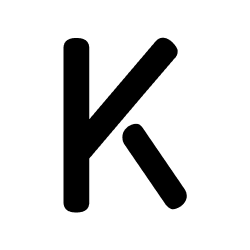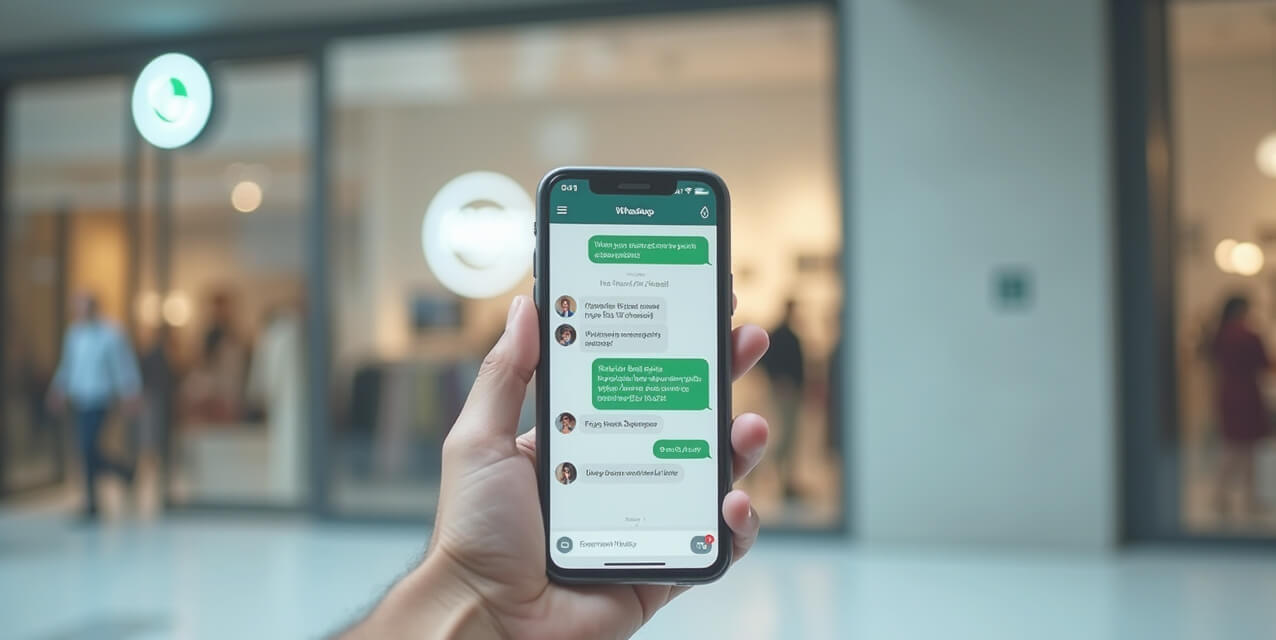The Hidden Cost of Manual WhatsApp Sales Teams
Relying on manual WhatsApp sales teams might seem cost-effective—but it’s silently draining your margins and scalability.

DATE
CATEGORY
HASHTAGS
READING TIME
WhatsApp is rapidly becoming the sales channel of choice for e-commerce brands. But while adoption is high, most teams still handle it manually—typing replies, managing product inquiries, and pushing carts one message at a time. It feels personal, but this hands-on approach comes with serious hidden costs: inefficiency, missed opportunities, high turnover, and poor scalability. In this post, we’ll break down the invisible price you’re paying and how automation is not just a solution—it’s a necessity.
The WhatsApp Gold Rush—Handled the Old Way
As WhatsApp becomes the de facto sales and support channel in many regions, e-commerce brands have jumped at the chance to meet customers where they are. It’s a no-brainer: 2 billion users, 98% open rates, and fast, personal conversations. But there’s a catch—most brands are still running this “modern” channel using outdated, manual processes.
Here’s what that looks like:
- Agents manually responding to product questions
- Team members updating customers on stock availability or delivery options in real time
- Human reps handling payment instructions and confirmations
- No consistent way to manage FAQs or qualify leads quickly
What started as a “high-touch” strategy becomes a high-cost burden. And the longer you wait to modernize, the more these costs compound.
“When your best sales channel requires the most manual labor, you’re scaling the wrong way.”
The Real Costs Are Hiding in Plain Sight
Let’s break down what manual WhatsApp sales teams are actually costing your business—beyond payroll.
1. Lost Time = Lost Sales
Every extra minute a rep spends answering repetitive questions is a minute not spent closing higher-value deals. Your most promising leads may be waiting while your team answers, “Do you have this in blue?” for the tenth time today.
Time cost is opportunity cost—and that’s not even factoring in slower response times that lead to customer drop-off.
2. Human Error and Inconsistency
Manual processes mean inconsistent tone, forgotten follow-ups, and misquoted policies. One bad message can damage trust or lead to lost revenue. At scale, it’s impossible to maintain consistent quality.
3. Unscalable Labor Costs
As volume increases, your only option is to hire more reps—or risk slower response times. But more staff means higher overhead, more training, and constant churn management.
And let’s be honest: WhatsApp sales reps burn out fast.
4. Missed Automation Opportunities
Many of the interactions on WhatsApp are highly repeatable: order status, catalog browsing, payment support, basic product info. When handled manually, they eat away at team bandwidth.
These could easily be automated—with the right system.
Real-World Example: The Staffing Spiral
Imagine an e-commerce brand handling 1,000 inbound WhatsApp messages a day with a team of 5 reps. At 3 minutes per message, that’s 50 hours of labor daily.
Now add weekends, sick leave, shift changes—and any surge in campaign traffic or seasonal sales—and you’re quickly overwhelmed.
And when reps leave (which they often do), you’re stuck retraining, hiring, and patching holes. The operation becomes reactive, not strategic.
This isn’t sustainable.
What Modern WhatsApp Sales Should Look Like
The solution isn’t to “double down” on human teams—it’s to augment them with AI and automation that does the heavy lifting:
- Instantly answers FAQs and product queries
- Guides users through catalog options in real time
- Personalizes recommendations based on user behavior
- Builds and sends carts directly in-chat
- Offers seamless checkout experiences with ready-to-pay links
- Escalates to a human only when necessary
This isn’t some future vision. It’s exactly what we’ve built at bKlug.
A Better Way: AI-Powered Sales Assistants (in Under 2 Hours)
At bKlug, we’ve helped brands transition from manual WhatsApp chaos to fully-automated, conversion-focused experiences in just 2 hours.
Our virtual sales assistants:
- Understand every SKU and product variation
- Support voice, image, and text queries
- Speak multiple languages fluently
- Instantly escalate edge cases to human agents
- Keep your brand tone consistent, always
All without needing your tech or marketing teams to lift a finger post-onboarding.
Let’s Talk ROI
Brands that move to automation on WhatsApp typically see:
- 50–70% reduction in response times
- 30–60% drop in manual support ticket volume
- 2–4x higher conversion rates from inbound traffic
- Significant savings on labor costs and rep churn
In short: You scale revenue without scaling headcount.
Why Most Brands Wait—and Why You Shouldn’t
Many brands hesitate because they:
- Think they need perfect flows or FAQs (you don’t—we auto-build them)
- Worry about losing the “personal touch” (our AI mimics human tone)
- Don’t want to involve developers (you won’t need any)
The real risk isn’t deploying automation. It’s waiting while your competitors streamline their operations, boost conversions, and widen the customer experience gap.
“Manual WhatsApp sales feels warm and personal—until it breaks at scale and your customers ghost you for faster brands.”
Final Thought: Reimagine Your WhatsApp Strategy
WhatsApp is no longer just a chat tool. It’s your digital storefront, product advisor, and checkout counter. If you're still running it manually, you're not just slowing down—you're bleeding opportunity.
Let us help you modernize, effortlessly.
At bKlug, we bring the power of automation, safety, and personalization into every WhatsApp conversation—so you can stop managing chats, and start scaling sales.




